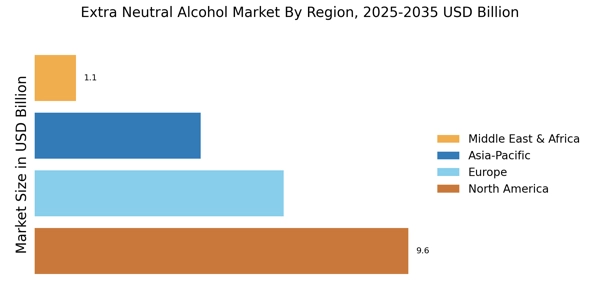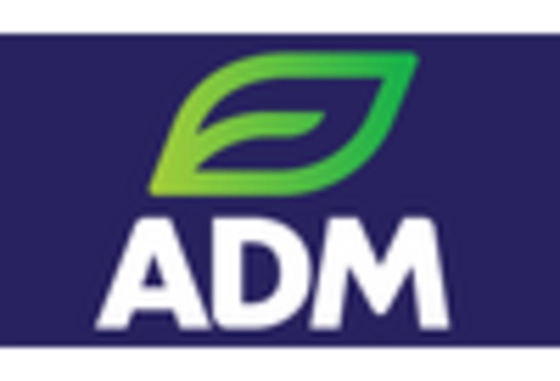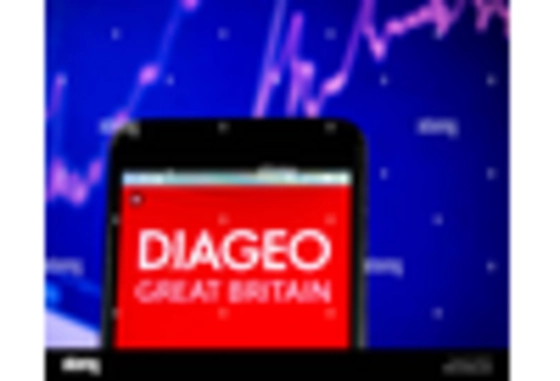The Extra Neutral Alcohol Market is characterized by a dynamic competitive landscape, driven by increasing demand across various sectors, including food and beverage, pharmaceuticals, and personal care. Key players such as BASF SE (DE), Cargill, Incorporated (US), and Diageo plc (GB) are strategically positioned to leverage their extensive operational capabilities and innovative approaches. BASF SE (DE) focuses on sustainability and efficiency in production, while Cargill, Incorporated (US) emphasizes its supply chain optimization and local manufacturing to enhance responsiveness to market needs. Diageo plc (GB), known for its strong brand portfolio, is increasingly investing in digital transformation to improve customer engagement and operational efficiency. Collectively, these strategies contribute to a competitive environment that is both concentrated and moderately fragmented, with significant influence from established players.
In terms of business tactics, companies are increasingly localizing manufacturing to reduce transportation costs and enhance supply chain resilience. The market structure appears to be moderately fragmented, with a few dominant players and numerous smaller entities. This fragmentation allows for niche players to thrive, particularly those focusing on specialty applications of extra neutral alcohol. The collective influence of these key players shapes market dynamics, as they engage in strategic partnerships and collaborations to enhance their market presence.
In August 2025, Cargill, Incorporated (US) announced a partnership with a leading biotechnology firm to develop sustainable production methods for extra neutral alcohol. This strategic move is likely to enhance Cargill's sustainability credentials and align with the growing consumer demand for environmentally friendly products. By investing in innovative production techniques, Cargill positions itself as a forward-thinking leader in the market, potentially increasing its competitive edge.
In September 2025, Diageo plc (GB) launched a new line of premium spirits utilizing extra neutral alcohol sourced from renewable resources. This initiative not only reflects Diageo's commitment to sustainability but also caters to the rising consumer preference for premium and eco-friendly products. The introduction of this product line may strengthen Diageo's market position and appeal to environmentally conscious consumers, thereby enhancing brand loyalty.
In July 2025, BASF SE (DE) expanded its production capacity for extra neutral alcohol in response to increasing global demand. This expansion is indicative of BASF's strategic focus on meeting market needs while ensuring operational efficiency. By increasing production capacity, BASF is likely to solidify its market leadership and respond effectively to the evolving demands of its diverse customer base.
As of October 2025, the competitive trends in the Extra Neutral Alcohol Market are increasingly defined by digitalization, sustainability, and the integration of artificial intelligence in production processes. Strategic alliances are becoming more prevalent, as companies seek to enhance their capabilities and market reach. The shift from price-based competition to a focus on innovation, technology, and supply chain reliability is evident, suggesting that future competitive differentiation will hinge on these factors. Companies that prioritize sustainable practices and technological advancements are likely to emerge as leaders in this evolving landscape.


















Leave a Comment